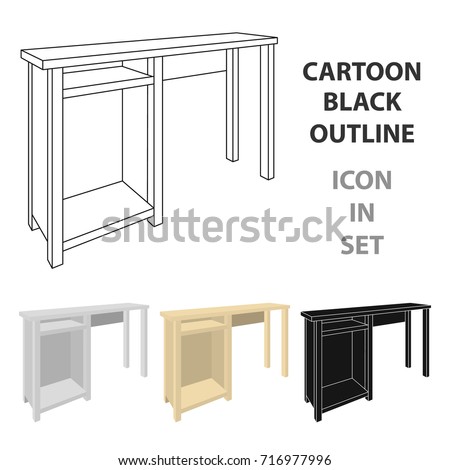Discover The Fascinating Adventure Of Refurbishing Classic Closets, Subjecting Unimaginable Tales And Revealing The Enigmas Of Background
Discover The Fascinating Adventure Of Refurbishing Classic Closets, Subjecting Unimaginable Tales And Revealing The Enigmas Of Background
Blog Article
related website -Stanley Wilkerson
To start the journey of recovering antique closets, you need a keen eye for information. Think of uncovering hidden keys within each layer of history ingrained in the wood. Picture the satisfaction of reviving a once-forgotten piece to its former glory. Every action of this meticulous procedure holds the crucial to protecting the past while creating a future antique. So, are you prepared to start this transformative venture and unlock the potential of your antique cupboards?
Examining the Closet's Condition
When beginning the repair procedure, beginning by assessing the problem of the antique cupboard. Carefully examine the overall framework for any kind of indications of damage such as cracks, chips, or loose joints. Check the wood for any kind of rot, bending, or insect invasion that may have happened in time. It's vital to identify the degree of the restoration needed prior to continuing additionally.
Next off, evaluate the cabinet's equipment such as joints, knobs, and locks. Make note of any type of missing items or components that need repair service or substitute. Make certain that all equipment is working correctly and firmly connected to the closet.
In addition, review the cupboard's finish. Look for any type of scrapes, stains, or discoloration that may impact the visual appeal. Figure out if the coating requires to be removed and reapplied or if a simple touch-up will certainly be adequate.
Gathering the Essential Devices and Products
After assessing the problem of the antique closet, the following step is to gather the essential devices and products for the restoration procedure. Prior to you begin, ensure you have the following things on hand:
- wood cleaner
- sandpaper in different grits
- wood filler
- paint or timber stain
- brushes
- handwear covers
- safety goggles
- a dust mask
- a drop cloth
- a putty knife
- a hammer
- a screwdriver
- a vacuum cleaner
These devices and materials are essential for a successful remediation.
Wood cleaner is important for removing years of dust and gunk build-up, preparing the surface for fining sand. Sandpaper of various grits assists in raveling imperfections and preparing the wood for a brand-new surface. Timber filler comes in handy for fixing any kind of fractures, holes, or damages existing in the cupboard.
Paint or wood discolor, along with brushes, permit you to customize the cabinet to your choice. Bear in mind to put on gloves, safety and security goggles, and a dust mask for security. Set a ground cloth to protect your workspace, and make use of a hoover to tidy up any debris.
With these tools and products collected, you're ready to start the repair procedure.
Implementing the Reconstruction Process
To successfully perform the restoration process on your antique cupboard, start by completely cleaning the surface area with the wood cleaner. This action is essential as it helps remove years of dust, grime, and old polish that may have gathered externally.
As soon as the closet is clean and completely dry, evaluate the condition of the timber. Look for any fractures, scrapes, or various other problems that need to be attended to. Use timber filler to repair any type of blemishes, seeing to it to match the filler color to the timber tone for a seamless coating.
After the fixings have actually dried, carefully sand the entire surface area to create a smooth and also base for the brand-new surface. Be careful not to sand as well boldy, as you don't intend to damage the wood below.
When the sanding is total, apply a wood discolor or finish of your option, following the producer's instructions. Allow the coating to dry entirely before using a safety top coat to make sure the long life of your restored antique cupboard.
Conclusion
Since you have actually finished the reconstruction process, your antique cabinet looks as good as new.
By adhering to the step-by-step overview, you had the ability to evaluate, repair, and improve its condition easily.
With just click the next webpage and protective leading layer, your valued item will certainly continue to radiate for many years to come.
Delight in the appeal of your recovered antique cabinet!
